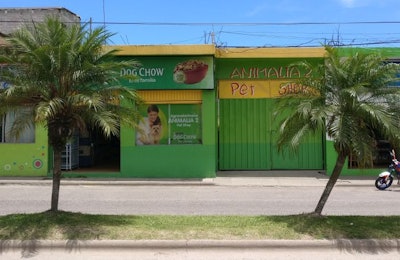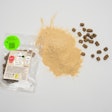
As the humanization trend continues to permeate the global pet food marketplace, grain-free products are becoming more popular among pet owners who wish to reduce grain content in their pets’ diets. Both grain-free and grain-added pet foods are beneficial for pets. In this regard, extensive research is currently being carried out to understand further benefits and the potential risks of grain-free pet food.
Grains, especially corn, still widely used in Latin America
Nutritionists think grain-free products are an extension of gluten-free and paleo human diets, more accepted and widespread in some developed economies yet with little following in Latin America. Likewise, grain-free pet food products are present in most Latin-American countries; however, these are not widespread and are limited to just some imported and a few local brands.
The region produces and consumes all types of cereals, with corn the dominant variety for numerous dishes. Moreover, corn is used extensively for the animal feed industry and particularly in most pet food formulations. Indeed, corn is generally the primary and most abundant ingredient for the leading pet food brands.
The reasons explaining the high acceptance of cereals in Latin America are both cultural and financial, making corn an irreplaceable ingredient in pet food products.
Challenges for Latin American pet food producers
By this token, the biggest challenges for local producers in reducing the grain content in pet food products are:
- Price. Grain-added pet food products are generally inexpensive compared to grain-free formulations. The latter products require substituting cereals with higher-quality ingredients and raw meat products, making them relatively pricier.
- Culture. As it is part of the ancestral cuisine, locals like to eat corn in different ways. As pet food products are to some extent extensions of human tastes and ingredients, it is unlikely to see consumers reducing grains in their meals and, thus, in pet food products.
- Infrastructure. Nearly all the local infrastructure to produce pet food products in the region include machinery adapted to managing and processing corn.
A key takeaway for new product development is considering that some global trends like grain-free products, although attractive due to their benefits and popularity elsewhere, may not be suited to Latin American markets and may take longer to take off in the region.

















